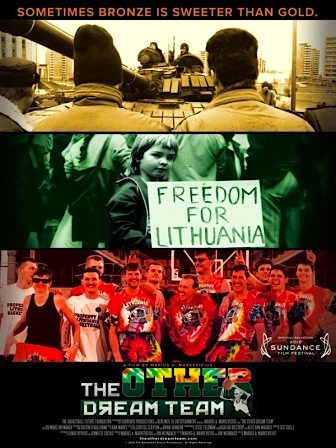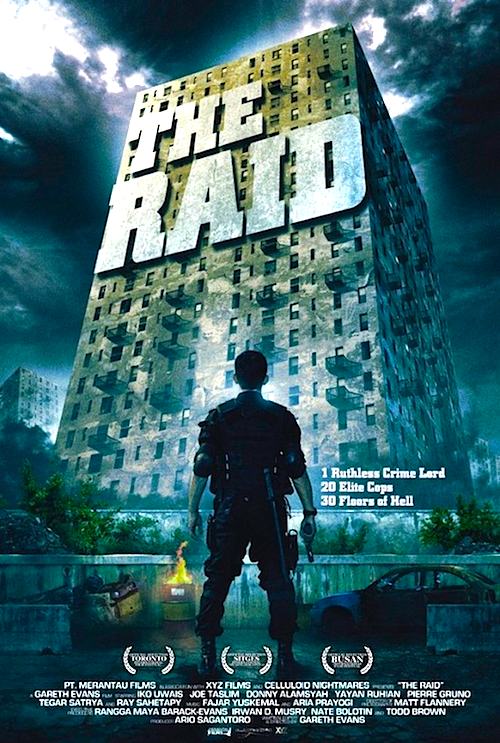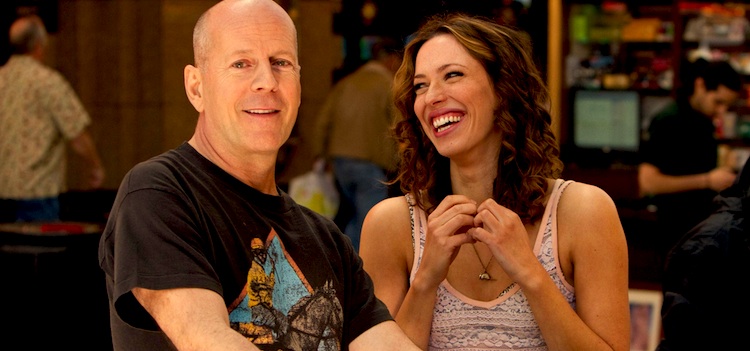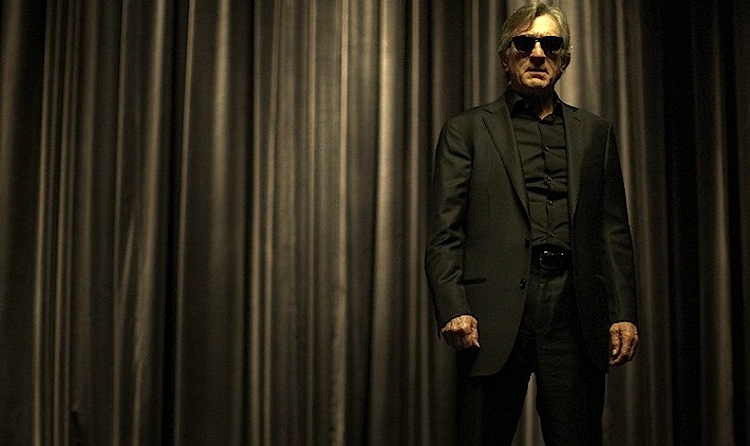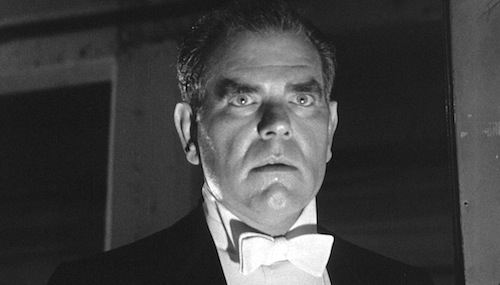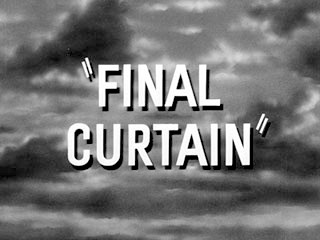
By Joe Bendel. Ai Weiwei’s distinctive “Bird’s Nest” design for the Beijing National Stadium was one of the defining images of the 2008 Olympics; but Ai sought to redefine the Beijing games, forcefully decrying the tremendous suffering they caused for China’s vulnerable underclass. Choosing the struggle for Chinese human rights over a life of privilege, Ai is arguably the world’s most important activist-artist, whom Alison Klayman profiles in the fascinating and infuriating Ai Weiwei: Never Sorry (trailer here), which screens at the 2012 Sundance Film Festival well underway in Park City.
Considering the recurring middle finger motif in Ai’s work, it’s hardly surprising he is not a favorite of the regime. Yet, there is more to Ai than mere symbolic defiance. Klayman trenchantly traces the roots of Ai’s nonconformist spirit to the suffering his family experienced during the Cultural Revolution. While Ai made some noise when he repudiated the Olympics, few could hear it within China. However, his mastery of social media, specifically Twitter, would change all that. Indeed, Ai and the legions of everyday Chinese citizens he inspired through Tweets ought to put everyone following vacuous celebrities like Ashton Kutcher to shame.
Most Westerners should know that Ai was recently held incommunicado for a long stretch by the police, but the projects that earned the artist the Communist government’s wrath may come as a revelation. Most notable were his efforts to document each name of the thousands of school children who died during the Sichuan earthquake as a result of flimsy “tofu” school construction. In any transparent society, this information would be in the public record, but in China all such efforts were explicitly forbidden.
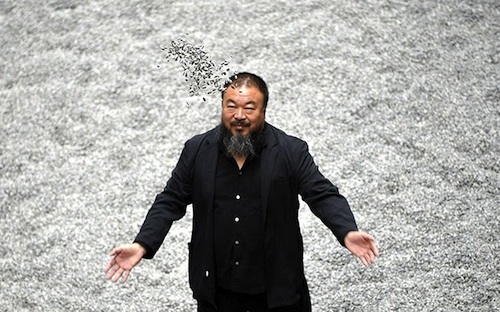
There are scores of lessons to be found in Sorry, including the importance of recording such tragedies for history, rather than letting the innocent victims of Sichuan fall through the Communist memory hole. At times, Ai’s public criticisms of the regime are shockingly bold. Clearly his guts are made of steel-reinforced concrete. Although Klayman largely focuses on his activism, she still conveys a vivid sense of Ai’s personality. Partly this comes out through some shrewdly edited interview segments. Yet more fundamentally, Ai just seems to be a what-you-see-is-what-you-get kind of person.
Indeed, Klayman wisely focuses squarely on her subject. As a documentarian, she is rather blessed that Ai recorded so many of his protests and the subsequent government crackdowns for his social network followers. The word “controversial” should not really apply here. What Ai says has happened – most definitely including a notorious police assault – really did go down. He has the scars and the video to prove it. Aside from some helpful context provided by talking heads and an innocuous score, Sorry is essentially Ai’s show—and appropriately so.
We want to call a film like Sorry “inspiring.” It is a term that undeniably applies to Ai. Unfortunately, though he might be out of immediate physical danger, Ai’s relative freedoms within contemporary China remain harshly curtailed, so viewers are likely to feel several conflicting emotions when the film ends. Anger would be a good one to go with.
This documentary is important, because the international spotlight must shine with far more intensity on his situation if circumstances are ever going to change. Given the Chinese CP’s nasty habit of harassing their critics, Klayman also earns a fair amount of credit for having the guts to tackle this project in the first place. Hopefully, she will have to produce a happy postscript for Sorry sometime in the future, but surely she would not begrudge the extra work.
As it is, the efforts invested in Sorry are considerable. One of two standout documentaries at this year’s Sundance (along with The Other Dream Team), the earnestly recommended Sorry screens again this Thursday (1/26) and Saturday (1/28) in Park City, Friday (1/2/7) in Sundance Resort, and today (1/25) in Salt Lake.
SUNDANCE GRADE: A
Posted on January 25th, 2012 at 7:34pm.

